The Aging Male
We all know someone who could easily be the subject of today’s article... that 40-something guy: grumpy, tired, pot-bellied, forgetful & grumpy. What you may not know (unless he happens to be your partner) is that he also has low sex drive, can’t maintain an erection, and is losing muscle mass. Sound like anyone you know?
We all know someone who could easily be the subject of today’s article... that 40-something guy: grumpy, tired, pot-bellied, forgetful & grumpy. What you may not know (unless he happens to be your partner) is that he also has low sex drive, can’t maintain an erection, and is losing muscle mass. Sound like anyone you know?
It is very normal for hormone levels to decrease in both women & men sometime around the mid-late forties, signalling a decline in our reproductive capabilities. For a peri-menopausal woman, her ovaries begin to slow down, with her oestrogen & progesterone levels decreasing accordingly. The symptoms of this are familiar: hot flushes, mood swings, low sex drive, weight gain & night sweats. In men, very similar things are happening, it is just that we know less, and certainly talk less, about them.
Andropause.
Androgens are the name given to the group of male hormones, including testosterone. Thus, andropause is the pausing of androgen production. Most men would want to know they have ample testosterone on board, for this plays a big role in a man’s stamina, musculature, mood and libido. When levels drop, so too do energy levels, muscle mass, libido, mood, sleep quality, memory and general drive. Some men may even experience night sweats & hot flushes, symptoms typically reserved for women. Whilst some reduction in testosterone is normal, it is becoming increasingly problematic, especially in men of younger & younger age. Why??
There is a large body of research to suggest that the following factors are responsible for the increased decline of testosterone:
Obesity as men get fatter, their oestrogen levels rise (yep, this gives you your man boobs) and testosterone falls. As testosterone promotes the formation of lean muscle tissue, a decline in levels means it becomes harder to build muscle.
Sedentary lifestyle: exercise is a strong driver of testosterone, in both men & women. Low exercise = low testosterone.
Stress: high levels of cortisol (our key stress hormone) compromises testosterone production.
Environmental toxins: men are increasingly exposed to xeno-oestrogens, plastics & pesticides, all of which disrupt testosterone synthesis in the testes.
Oxidative damage: the combination of a diet low in nutrients and high in sugar & processed fats causes early damage to the cells that produce testosterone.
Next week’s article will consider how we can support healthy testosterone levels through the right nutritional, herbal & lifestyle means.
A Weighty Issue
We are all too familiar with spreading waistlines. Most of us have had to let our belts out by a notch or two, or have resorted to wearing elastic pants for a while. When we are in our twenties and thirties, we can generally shed an extra couple of kilos easily by cleaning up our diet and doing some more exercise. As we get older, however
We are all too familiar with spreading waistlines. Most of us have had to let our belts out by a notch or two, or have resorted to wearing elastic pants for a while. When we are in our twenties and thirties, we can generally shed an extra couple of kilos easily by cleaning up our diet and doing some more exercise. As we get older, however, this becomes harder & harder to do; the longer we stay fat, the harder it is to shift. Take a look around any shopping centre in Australia and you will see that our waistlines are seriously expanding, and more than just a couple of notches! Along with Kalgoorlie, we here in Geraldton have one of the highest rates of obesity in a country that has one of the highest obesity rates in the world… Ouch!
How fat is too fat?
The old way of measuring how fat you are in with the BMI (body mass index). This is a simple scale that determines if you are of a healthy weight; a BMI of between 19-25 is considered healthy. If you are above 25, you are considered overweight, whilst below 19 you are underweight. To determine your BMI, you divide your weight (kg) by your height (metres) squared. For example, you might be 168cm tall, and weigh 78 kg, giving you a BMI of 27.6 (overweight). The BMI was first developed in the 1800s, and its validity in today’s overweight world is questionable. We all know that lean muscle tissue weighs more than fat, and lean muscle is the stuff we want! Many flabby people will actually have a reasonable BMI, whereas some very strong, toned types will have a BMI in the obese range.
Measuring your waist circumference is a more reliable way to go. It is also a quick way of showing how much body fat you have and where it is located. Regardless of your height or build, an increased weight circumference is highly associated with chronic diseases such as diabetes, heart disease, raised triglycerides, high blood pressure and cancers. To check, simply place a tape measure directly over the skin, just above the navel. Breathe out, hold the tape snug (not tight!) and record the measurement.
Healthy waist measurements
For women, under 80cm is considered healthy; 80-88cm has an increased risk of chronic disease; and over 88cm has a greatly increased risk.
For men, under 94cm is healthy; 94-102cm is increased risk; & over 102cm is greatly increased risk.
What is the problem with carrying extra belly fat? It is not the nice layer of subcutaneous fat under our skin that helps keep us warm. Belly fat lies deep in our abdominal cavity, and surrounds important internal organs. It causes Fatty Liver Disease, raises blood triglyceride levels, contributes to insulin resistance and plays havoc with appetite regulation. How do you measure up?
Diabetes & Obesity
Type II Diabetes in Australia is reaching epidemic proportions. The number of people diagnosed with Diabetes closely correlates with the number of people who suffer from Obesity. Indeed, the two are intricately connected. And herein lies the key: to treat
Type II Diabetes in Australia is reaching epidemic proportions. The number of people diagnosed with Diabetes closely correlates with the number of people who suffer from Obesity. Indeed, the two are intricately connected. And herein lies the key: to treat diabetes, you must tackle weight loss. But, wait a minute, the opposite is also true: to lose weight, you must tackle diabetes. It’s a bit like the “chicken & egg” scenario…which one comes first? And, more importantly, which one do we treat first? Well, the simple answer is BOTH! They happen together, and you can’t treat one without also treating the other.
When we look back at any early human culture, it is obvious that there was very little obesity. In fact most humans were surprisingly lean. So what has changed? PLENTY! It’s only relatively recently that we have had constant access to vast amounts of food. Previously, we had to work hard to find food and, when we did, we would generally feast. The next meal might be a long way off, so it would have been very common to then go into a fasting mode. This pattern of feast and fast is important; for when we are fasting, the body uses its fat stores for fuel. By regularly fasting, we stayed lean.
The type of food we ate was also vastly different. Meals typically consisted of meats (especially the fat), fish, berries, nuts & seeds. Containing mostly fats & proteins, these foods digested slowly and promoted a low, steady blood sugar level. We could easily go for many hours (or even a day or two!) without excessive hunger. In contrast, we now eat a largely carbohydrate-based diet (breads, cereals, refined sugars). This spikes high blood sugar and insulin levels, which is, essentially, a diagnosis of Type II Diabetes. It is also a path to constant hunger, fatigue, and becoming a fat-storing machine.
Reversing Obesity & Diabetes
Yes, you can to both of these things! Charlotte’s specialised Metabolic Program involves comprehensive information on what and when to eat, as well as specific Nutritional & Herbal Medicines that support healthy blood sugar levels, energy production & cleansing. You can expect to:
eat real food
feel little hunger (except when its time to eat)
have more energy than you’ve felt in years, and
experience real, sustainable (& maintainable!) fat loss




